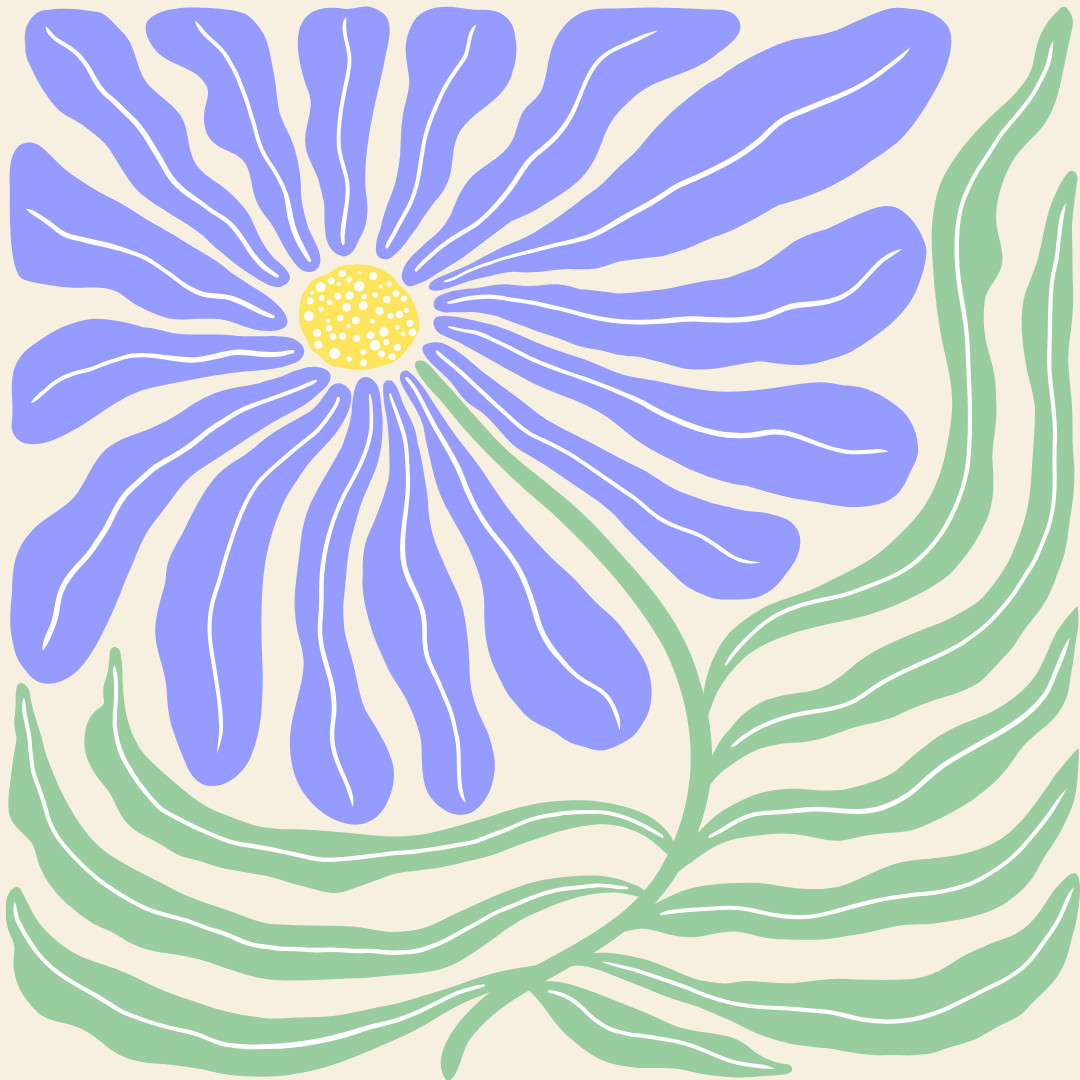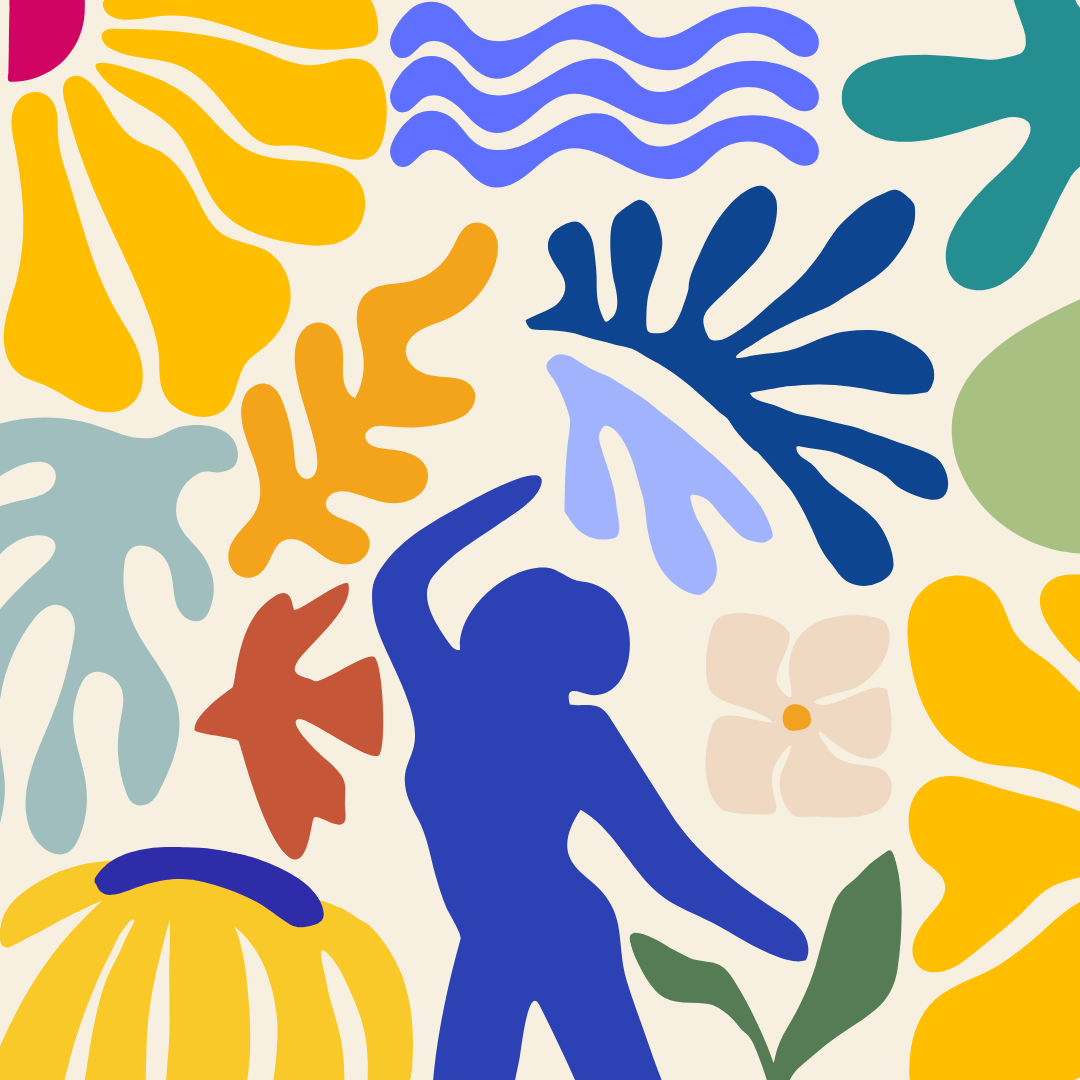Healing CPTSD outside of Therapy: Gentle, Real Ways to Rebuild Yourself

Why I Looked Into This
Like many people with Complex PTSD, I have had a long and complicated relationship with therapy.
It took me about fifteen therapists before I found the right one, someone I have now been with for a few years and who has helped me tremendously. Honestly, it felt like dating sometimes.
From my experience, therapy only works if:
- You feel safe, heard, seen, and supported by the therapist
- They are trained in complex trauma
Before finding my current therapist, I specifically looked for people who had experience with CPTSD. Many used EMDR, Lifespan Integration (LI), or CBT. To narrow it down, I started emailing potential therapists and basically interviewing them. I asked if they were familiar with CPTSD, if they had experience treating it, and what tools they used. If their answers didn’t feel right, I moved on or asked for recommendations.
I also searched for centers that specialize in complex trauma and offer remote sessions. But it was a battle. It takes so much time and energy, and sometimes we just don’t have any left. I remember feeling angry that getting help was so hard, that I had to do all the legwork while trying to regulate myself, work, and function in daily life while triggered.
I am also very aware that having a therapist is a privilege. It is expensive, progress takes time, and therapy can be draining. The approach that has worked best for me, and where I have seen the most progress, is Lifespan Integration therapy. A friend of mine swears by neurofeedback, which was also mentioned by others in the community.
Still, I know therapy isn’t always an option. So I started learning on my own through somatic work, mindfulness, books, and practice.
Recently, I read through a big discussion on Reddit (r/CPTSD) where hundreds of people shared how they have been healing outside of therapy. I recognized a lot of what helped me and found new ideas worth trying. This isn’t about replacing therapy. It is about expanding what healing can look like when you are doing it mostly on your own.
1. Grounding Through the Body
If you have lived in survival mode for years, your body has probably learned to stay alert all the time. Healing starts with teaching it safety again.
What comes up most often:
- Yoga, Pilates, or qigong for gentle regulation
- Somatic tracking, noticing sensations without forcing them to change
- Breathwork and self-touch, like placing a hand on your chest or noticing your surroundings
- Tapping (EFT) or gentle shaking to release stored tension
- Walking or moving outdoors, especially in quiet or natural settings
Somatic work isn’t about relaxation; it is about awareness and showing your body that it can stay with what is happening.
2. Daily Rituals That Bring You Back to Yourself
What I learned from both experience and others’ stories is that you don’t need a perfect morning routine. You need small things you can actually do when you are dysregulated.
Simple daily rhythm (10 to 20 minutes):
- 5 minutes of mindful breathing or a body scan
- 10 minutes of gentle movement
- 5 minutes of journaling: What am I feeling? What helped today?
A few times a week, add one DBT skill such as distress tolerance or emotion regulation. These small anchors create safety through repetition.
3. Books That Come Up Again and Again
If you like learning through reading or listening, these books were mentioned repeatedly by people healing on their own:
- Complex PTSD: From Surviving to Thriving – Pete Walker
- Re-Regulated – Anna Crunkle (Crappy Childhood Fairy)
- The Ultimate Somatic Therapy and IFS Workbook for PTSD – Inner Balance Publishing
- The Power of Now – Eckhart Tolle
- This Is How You Heal and The Mountain Is You – Brianna Wiest
Pete Walker’s book is often described as life-changing. It explains emotional flashbacks, the inner critic, and the spiral-like nature of healing in a way that feels both validating and practical.
4. Community Heals What Isolation Protects
CPTSD is a relational wound, so healing usually involves connection. You do not need to join a trauma group or talk about your past if that feels unsafe. Start small:
- Try peer-support groups such as ACA or CPTSD communities
- Meet people through shared interests like art, movement, or nature
- Build relationships that feel steady and reciprocal rather than intense
Each safe connection helps the nervous system learn a new baseline of safety.
5. Allowing Emotions to Move
Healing is not about forgiveness. For many people, progress began when they allowed emotions like anger, grief, or disappointment to exist without judgment.
Ways to work with emotion:
- Inner child or reparenting exercises
- Writing letters you never send
- Allowing yourself to cry without a story attached
- Saying “I’m angry because this mattered” instead of “I should be over this”
Emotions are energy that want to complete their cycle. You don’t need to fix them, only to feel them safely.
6. Using AI Mindfully If You Choose To
Some people find writing to AI tools helpful when no one else is available. Others find it hollow.
If you use AI, treat it like a journaling tool, not a therapist. It can help you organize thoughts, reflect, or practice boundary scripts. Always end by grounding back in your body.
7. A Gentle Two-Week Reset Plan

Healing happens through repetition. The brain and body learn safety from small, consistent signals.
8. What I’ve Learned
Healing CPTSD without therapy isn’t about doing it alone. It’s about reclaiming agency.
Therapy can be powerful when it feels safe and aligned. But if it isn’t available or hasn’t worked, you still have meaningful tools: your body, your awareness, your boundaries, your curiosity, and your kindness toward yourself.
Healing is built from small wins: catching a fawn response sooner, saying no without guilt, noticing a flashback before it takes over. Those are signs of progress, even if they don’t feel like it yet.
This article is not medical advice. It’s a reflection of what has worked for me and what others with CPTSD have shared.
If you ever feel unsafe or overwhelmed, reach out to local emergency services or a crisis helpline in your area.

Lorem ipsum dolor sit amet, consectetur adipiscing elit. Suspendisse varius enim in eros elementum tristique. Duis cursus, mi quis viverra ornare, eros dolor interdum nulla, ut commodo diam libero vitae erat. Aenean faucibus nibh et justo cursus id rutrum lorem imperdiet. Nunc ut sem vitae risus tristique posuere.